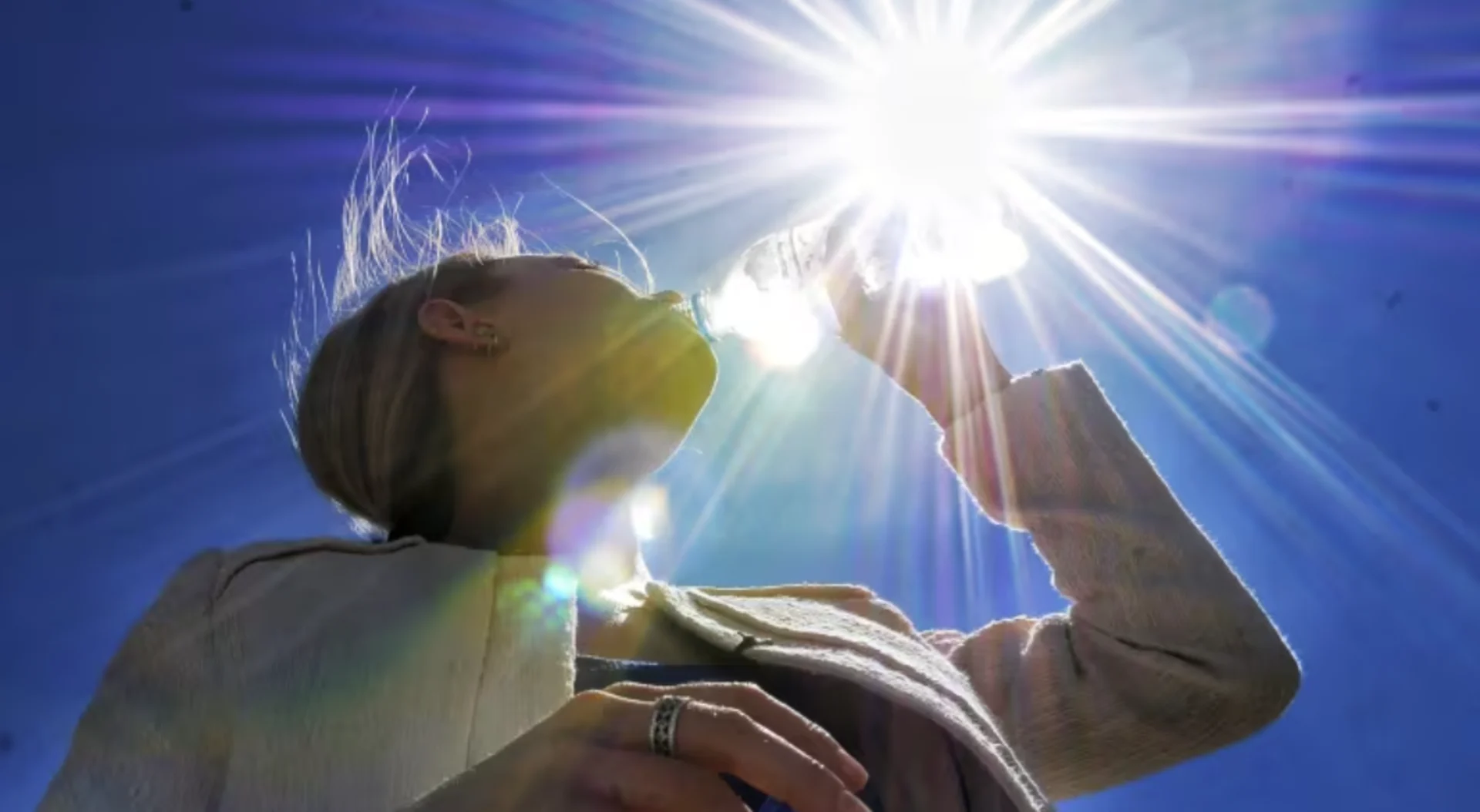
Edmonton, Calgary see hottest July on record
It's been a hot, record-setting summer in Alberta. And it's not over yet.
This July was the hottest on record for both Edmonton and Calgary.
And on Monday, multiple communities across the province broke single-day temperature records.
On the whole, this was the third-warmest summer in Edmonton.
The records keep coming, but what do they mean?
RELATED: Human-driven climate change aided heat waves in Canada's West and North
"Climate change is such a difficult and large subject to look at that you can't just look at one individual daily temperature record … and make a grand statement about it," Christy Climenhaga, a scientist at Environment and Climate Change Canada, said in an interview.
"But these sorts of records are important to keep track of so that we can really see what our summers are doing, what our temperatures are doing."
There is a difference between weather and climate, Climenhaga said. Although daily records offer just a snapshot of a single day's weather, scientists can discern patterns about how temperatures are changing.

July in Edmonton had 11 days at or above 30 C. On average, Edmonton sees about two days at or above 30 C in July.
"What we really like to look at is if there's a number of days in a row where daily temperature records are breaking or trends through the month, trends across the province," Climenhaga said.
"It's just going to be really important to people to have ways to stay connected on weather, because more extremes are possible and likely as we head through the future."
The following regions set a daily maximum temperature record on Monday:
Athabasca.
Camrose.
Cold Lake.
Coronation area.
Edmonton International Airport.
Elk Island National Park.
Fort Chipewyan.
Fort McMurray.
Lloydminster.
Lacombe.
Red Deer.
Vegreville.
Wainwright.
Environment Canada is currently forecasting daily highs of 30 C both Friday and Saturday in Edmonton, similar to the temperatures that just set records Monday.
The heat records come just months after extreme cold set records across the province in January.
Local records matter, but so do global impacts
Scientists have been telling the public that the years are getting hotter and hotter; and we're inching toward a global increase in temperature of 2 C, in addition to local records we see.

Beyond extreme weather, pushing global average temperatures past 1.5 C would have serious impacts on sea-level rise, and could possibly start triggering climate tipping points, such as the irreversible melt of the Arctic permafrost or a change in major ocean currents that regulate global weather.
These major impacts would not be seen if only a few years temporarily crossed the 1.5 C threshold.
Alex Crawford, an assistant professor at the University of Manitoba, specializes in Arctic climate change. He said local records can help bring awareness to the issue of climate change.
SEE ALSO: Western U.S. braces for extreme heat; Phoenix passes 100 days over 100 F
Crawford said in an interview that that every big action we take and every tenth of a degree we do not warm the earth, is better than nothing.
"There is nothing magical about 2 C, or 1.5 C. There's nothing that says that those thresholds are special in some physically meaningful way for the world as a whole," he said.
"What this means is that, if we miss that 1.5-degree target but in trying to reach it we keep ourselves at 1.6, that's still a victory. That's still better than if we had done nothing."
Crawford said that if the global population can cut back even a tenth of a degree, major weather events like flooding and wildfires could be less severe.
Personal responsibility is also only one part of the puzzle when it comes to dealing with climate change, Crawford said, as big emitters make a significant environmental impact.
"It's economics that ends up making our decisions. It's not some abstract environmental idea or some idea for the greater good of people in the next 100 years," he said.
"It's about a more immediate decision that is very understandable."
Thumbnail image credit to Bert Savard/CBC News.
This article, written by Emily Rae Pasiuk, was originally published for CBC News.










